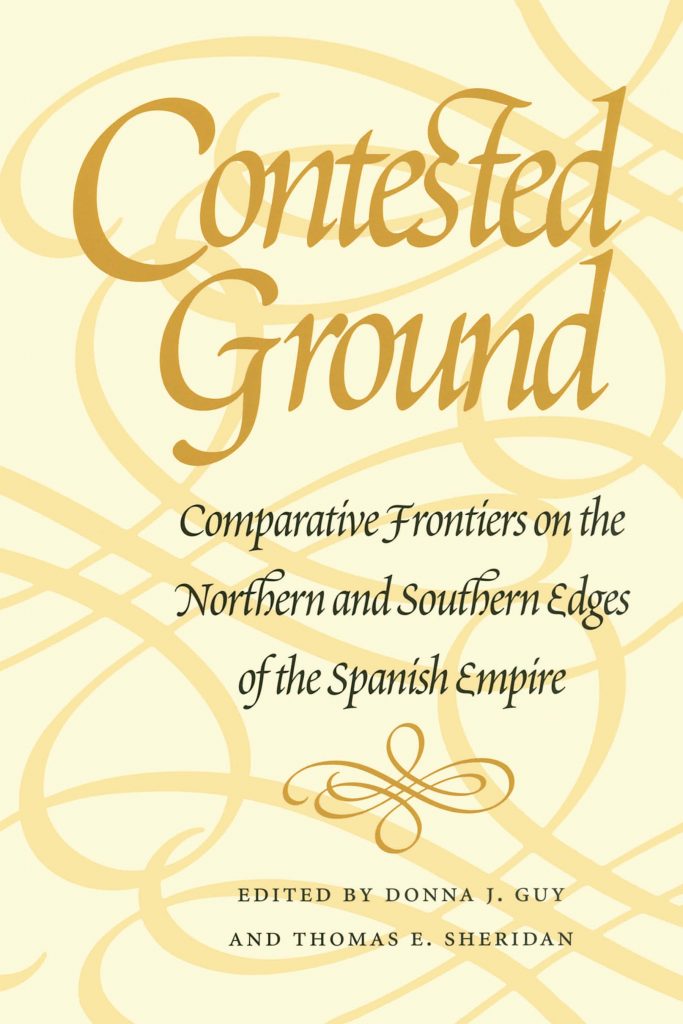Contested Ground
Comparative Frontiers on the Northern and Southern Edges of the Spanish Empire
Paperback ($32.00), Ebook ($32.00)
Buy
The Spanish empire in the Americas spanned two continents and a vast diversity of peoples and landscapes. Yet intriguing parallels characterized conquest, colonization, and indigenous resistance along its northern and southern frontiers, from the role played by Jesuit missions in the subjugation of native peoples to the emergence of livestock industries, with their attendant cowboys and gauchos and threats of Indian raids. In this book, nine historians, three anthropologists, and one sociologist compare and contrast these fringes of New Spain between 1500 and 1880, showing that in each region the frontier represented contested ground where different cultures and polities clashed in ways heretofore little understood. The contributors reveal similarities in Indian-white relations, military policy, economic development, and social structure; and they show differences in instances such as the emergence of a major urban center in the south and the activities of rival powers. The authors also show how ecological and historical differences between the northern and southern frontiers produced intellectual differences as well. In North America, the frontier came to be viewed as a land of opportunity and a crucible of democracy; in the south, it was considered a spawning ground of barbarism and despotism. By exploring issues of ethnicity and gender as well as the different facets of indigenous resistance, both violent and nonviolent, these essays point up both the vitality and the volatility of the frontier as a place where power was constantly being contested and negotiated.
"An anthology that gives readers a whole that is much greater than the sum of its uniformly excellent parts. Taken together, these essays not only present a carefully nuanced overview of the similarities and contrasts between these outer reaches of the Spanish empire but they also suggest stimulating new avenues of empirical research and theoretical inquiry." —New Mexico Historical Review"Fascinating essays . . . a healthy counterpoint to the Turnerian frontier thesis." —Western Historical Quarterly"A model of comparative history which will do much to advance the new teaching and research field of Latin American frontiers and borderlands." —The Americas"Specialists in either 'frontier' will learn much about the other from these excellent comparative histories." —Pacific Historical Review
 The University of Arizona Press
The University of Arizona Press

